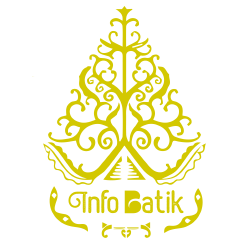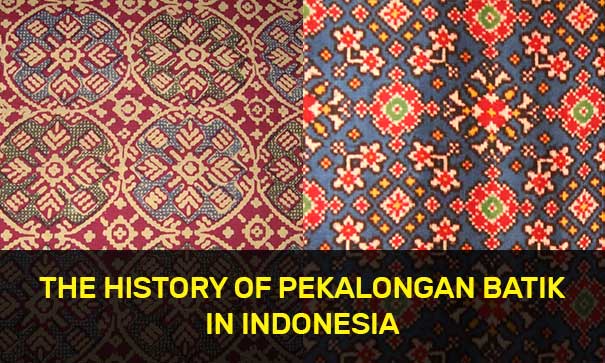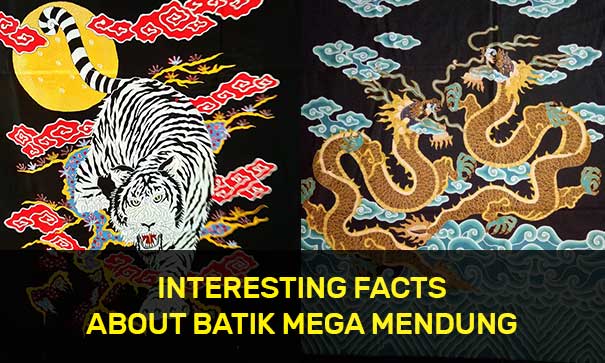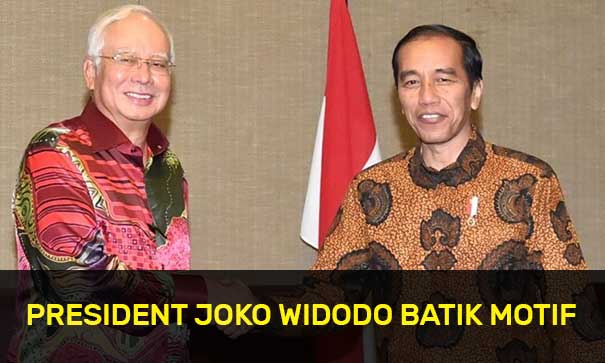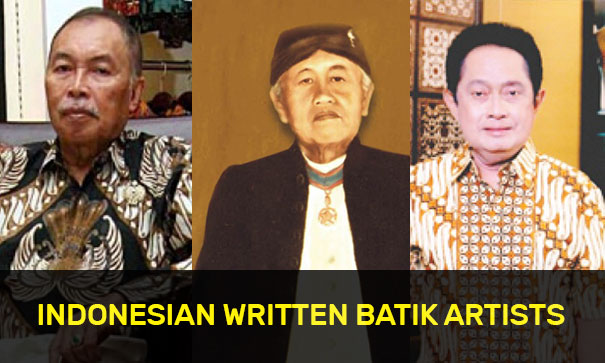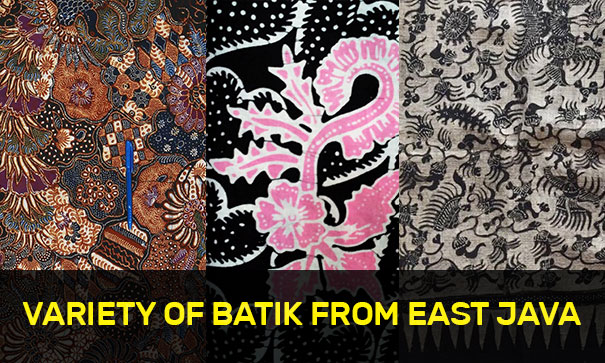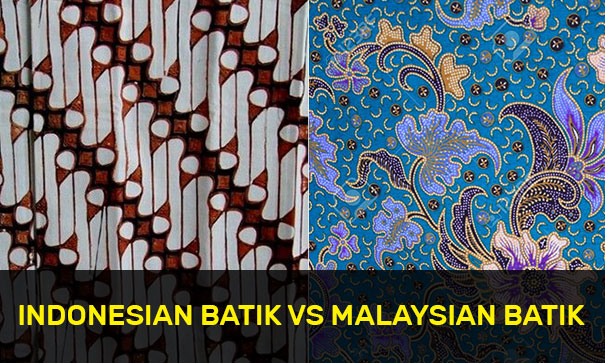Since Indonesian Batik was designated as the Intangible Culture of the Indonesian Nation by UNESCO in 2009, batik has become a manifestation and identity of Indonesia. Indonesians of all ages, social classes, and across generations started an interest in the art of batik, both in the form of cloth and finished clothes. This has changed the image of batik that is Continue reading The History of Pekalongan Batik in Indonesia
Author: infobatik-web-admin
Interesting Facts about Batik Mega Mendung
Batik Motif Mega Mendung is one of the iconic motifs from Cirebon, West Java. The indigenous people of Cirebon believe that the Mega Mendung batik motif was invented by the founder of the city of Cirebon, namely Pangeran Walairah who has another name, Pangeran Cakrabuana.
It is said that when he was quietly standing in a calm river flow, the Prince saw the reflection of the Mega Mendung in the river water and seemed to really enjoy the view. He then painted it on a cloth which is known today as batik activity. There is also a history that reveals, when many merchants from China in the 16th century at that time anchored at Muara Jati Harbor.
These merchants carry out trade transactions, which are also believed to be commercial areas that give birth to civilization for local and international communities. Chinese culture is believed not only to be assimilated from trading activities, but also from marriage. At that time and time, one of the scholars from Wali Songo, Sunan Kali Jaga married a daughter who came from native China named Putri Ong Tien. Wali Songo is a group of 9 great scholars from Java who spread Islam. A
fter the marriage took place, Putri Ong Tien was very active in providing cultural education to local residents in Cirebon about authentic Chinese culture. Lots of identical Chinese items that she brought to give to her husband, which were also introduced to the people there, such as Chinese ceramics, porcelain, silk cloth during the Ming and Ching dynasties, where there are many symbols of original Chinese legends such as the Hong Bird ( Phoenix), Dragon, Kilin, Butterfly, and also Banji.
These Chinese symbols and icons were later assimilated by the local community and integrated them into the original local culture of Cirebon, especially batik. One of the famous Cirebon batik motifs which has a philosophical relationship with Chinese culture is the Mega Mendung motif.
The Mega Mendung motif which has a pattern like a cloud in the sky is an adaptation and combination of Indonesian and Chinese culture. Most of the cloud shapes tend to be sharp, oval, and triangular. This cloud shape is part of the Taoizme teaching which is a reflection of the upper realm where humans are taught that the greatest power is the power of God symbolized by the cloud motif which is a protector.
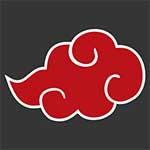
At least the Mega Mendung motif has 7 color gradations that illustrate the sky which also has 7 layers, the earth which also has 7 layers of soil, also a week consisting of 7 days. This Mega Mendung motif is also commonly found in several countries that have a cloud concept similar to this motif. One that is often encountered is the cloud motif originating from Japan, which is also called Akatsuki. Akatsuki is the symbol of the cloud in Japan, which is usually depicted in the Naruto cartoon series. The shape is very identical to Mega Mendung, it’s just that the color is mostly red.
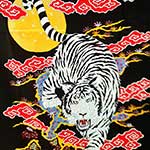
Traditionally, culturally, and by standard, Mega Mendung is characterized by a mountainous blue base color with its signature clouds. In today’s modern era, Mega Mendung’s motives vary widely. This motif can be combined with several other motifs on the same cloth such as dragons, barong lions, tigers, and even birds. These motifs also come not only from West Java, but from all corners of the archipelago. This is why the Mendung motifs can be used, applied, and used for various purposes.
Also, the Mega Mendung motif used to be a prohibited batik motif, which only kings could wear. This motif is considered very egalitarian or populist with a combination of other patterns that exist in the open, such as flora and fauna. Nowadays, everyone from all walks of life can wear this Mega Mendung batik motif. Geographically too, because Cirebon is located in the north of Java Island, this batik can be called coastal batik, which is usually characterized by bright and bright colors, also has a style that emphasizes the aspect of beauty. In its current journey, Mega Mendung’s motives have undergone many developments.
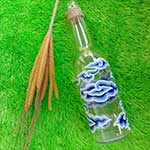
This development is manifested not only through a single batik cloth. Artists, especially in Java, use the Mega Mendung motif to be applied to other items, such as ceramics, glass, tiles, laser-cut, glass and even mouth masks.
This application is a manifestation that the Mega Mendung motif is very popular and is used by all groups, even people outside Java. This is created unlike other motives, especially Central Java, which is closely related and correlated only within Java Island or is popularly known as Java-Sentris.
President Joko Widodo Batik motif
As we all know, the 7th President of the Republic of Indonesia, Joko Widodo is often seen wearing batik on every occasion, both formal and informal. The president, who was inaugurated for the first time in 2014, really loves Indonesian culture by making culture a national identity which is reflected by wearing batik clothes. Continue reading President Joko Widodo Batik motif
Indonesian Written Batik Artists
Famous for its batik art, Indonesia also has several batik artists. Some of them still exist today, and also many of them have succeeded in preserving the Indonesian batik art and also succeeded in transforming the image of batik into the modernization era. Here are 3 Indonesian Batik artists. Continue reading Indonesian Written Batik Artists
Variety of Batik from East Java
East Java is one of the provinces in Indonesia which is the center for producing batik. With a large area coverage and has several cities and districts that have their own characteristics and characteristics. This article will examine each city or district in East Java that is active in developing batik culture. Continue reading Variety of Batik from East Java
Indonesian Batik Vs Malaysian Batik
Indonesia and Malaysia are countries in Southeast Asia that are close and similar in terms of geography, demographics and culture. This allied country also has a similar language, which is called the Malay language. Of course, they have not only similarities, but also differences that often lead to horizontal conflicts and conflicts between the two countries. Continue reading Indonesian Batik Vs Malaysian Batik
